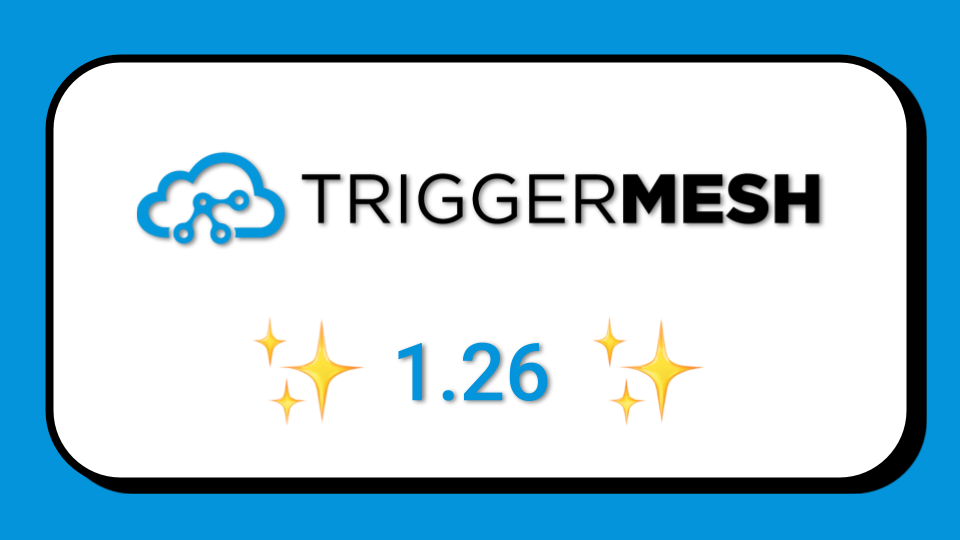




In 2020, enterprises refined their approach to the cloud. Asked by 451 Research for their organization’s approach to legacy applications and workloads going forward, Architects had already demoted lift and shift - the blunt instrument of cloud migrations - to 3rd place in 2019 behind Modernize and Refactor and Shift. In 2020, lift and shift fell to 4th, with ‘Refactor and Shift,’ and ‘Modernize and keep on-premises’ splitting the spoils (see Figure 1).
Limited benefits of lift and shift explains some of the refinement in cloud migration methods. Another driver, we think, is the growing hybrid cloud and cloud native ecosystems. Increasingly, all the goodies available in the big public clouds, like serverless/scale to zero, micro services, CI/CD, service monitoring, event-driven architectures, and standardized APIs, can be had everywhere. Butts again planted firmly in the driver’s seat, Architects are now adding the advantages of cloud native and doing it at their own pace.
Figure 1: Which of the following best describes your organization’s approach to mission-critical legacy applications and workloads going forward?

Enterprise technology needs to help organizations take action in real time. Doing this effectively means modernizing application architecture from batch processing to event-driven. Cloud native architectures allow even the largest enterprises with years or decades of legacy code to break out of the constraints of their own data centers and a single cloud. Open source, standards, and specifications free enterprise developers to mash-up services from on premises and any cloud to rapidly compose event-driven applications so you can react fast to any business requirement.
Figure 2: Modernize, Refactor and Shift Puts Enterprises in Control of the Cloud

Grab this quick 451 Research report “Integration in Cloud-Native Architecture: An Event-Driven Approach” for a look at how global enterprises are gaining greater agility without the pain of lift and shift.